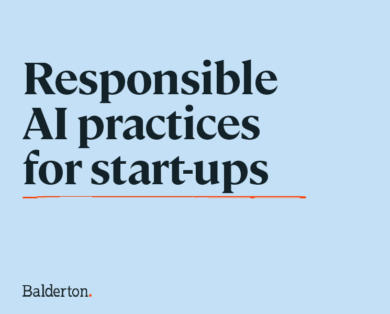- 15 January, 2025
I spent a couple of days in Houston for the first time in years this week and managed to visit both the Rice University campus and the Johnson Space Center. Both locations reminded me of the space race — marked by JFK’s famous speech, made on Rice’s Campus on 12th September 1962, and arguably won by the Americans putting humans on the moon, just seven years later.
The thing that strikes me most, is Kennedy’s use of the speech to lead from the front with an audacious vision. The speech was made at a time when the US was significantly behind the USSR which had recently put the first person in space. At the time, the US had little progress in the area of space travel with historically relatively little funding in the area. Nonetheless, Kennedy sketched out a grand vision of what had to be done, said it had to be done first and then got out of the way to let America do his bidding. As we all know, it worked. The US met JFK’s goal (sadly after his untimely demise), putting the first human on the moon and striking a blow for Soviet confidence.
In companies, most management occurs in a very different way. It’s ground-up, technocratic, and led painstakingly by a manager who engages in all the detail and actively negotiates with his team on what is achievable and by when. But there are well known cases where ‘Leading With Vision’, if I can call it that, works exceptionally well. Beyond Kennedy, think of Steve Jobs throwing down the gauntlet to the original Mac team. Closer to home for me, I will never forget product strategy meetings at Autonomy. After long discussions on new product areas, CEO and Founder, Mike Lynch would draw a line under his involvement by simply smiling, folding his arms and saying, ‘make it so.” Everyone else in the room knew this meant it was time to leave and start work.
So when does Leading With Vision work and can you use it? I think it is really about three things: Belief, Motivation and Facilitation. Here’s what I mean:
Belief 1: The team has to believe that the leader knows what she is doing. This is typically derived from historic success and some form of reality distortion field. Kennedy was already an iconoclastic President and one of the great orators of the last century. In the case of Jobs or Lynch, the team had seen the leader achieve great success before and they were on the team because they believed it would strike again. Why is belief in the leader important? Because if the team doesn’t believe then it’ll spend too long bickering about whether it’s doing the right thing.
Belief 2: The leader also has to believe in her team. Leading With Vision requires the leader to set her audacious goal and then let people get on with delivering on it. Why? Because, the more they descend into the detail, the less perfect and more compromised the vision becomes and the more things get mired. This destroys focus, energy and motivation. To stay out of the detail the leader needs to genuinely believe that her team can pull this off. Great tech CEOs obsess over building great teams (see Jobs’ comments about A, B and C players) and Kennedy had unfailing patriotic confidence that America could rise to his challenge.
Motivation 1: Leading With Vision requires a Big Vision. If the leader is to stay out of the detail, the team has to self-motivate. Paradoxically, for great teams, Big Hairy Audacious Goals motivate better than small ones.
Motivation 2: Share a little Paranoia. Most great leaders enjoy a healthy sense of paranoia — sharing this is a powerful motivator. Why does this work? This is not, as you might think, about scaring people. It’s actually exactly the opposite. You give people huge confidence if you share a terrible potential outcome but, in the same breath, tell them that you have unfailing confidence in their ability to save the day. If you anoint a hero, they’ll walk like one. Kennedy does this to great effect in the speech, “Whether [science is] a force for good or ill depends on man, and only if the United States occupies a position of pre-eminence can we help decide whether this new ocean will be a sea of peace or a new terrifying theater of war.”
Facilitation 1: Get out of the way. Once the bar has been set, the leader needs to get out of the way. This was arguably easier for Kennedy, who probably did not harbour any belief in his ability in rocketry, but it can be tough for technology CEOs, many of whom are expert practitioners in the art. This is, however, key. You can’t tell someone you believe they can achieve the impossible and then interfere constantly.
Facilitation 2: Provide resource. The leader’s already done the most important thing by having a great team, but other facilitation is also key. Jobs often secreted away entire teams in different buildings, Lynch had a cost-is-no-object approach to getting the right tools or flying in the right experts. Kennedy, of course, secured the land to build an inspirational campus just outside Houston.
You need the right leader and the right team, but done right Leading With Vision is a thrilling way to work and deliver results … it did put humans on the moon after all!
 SURANGA CHANDRATILLAKE
SURANGA CHANDRATILLAKE 












